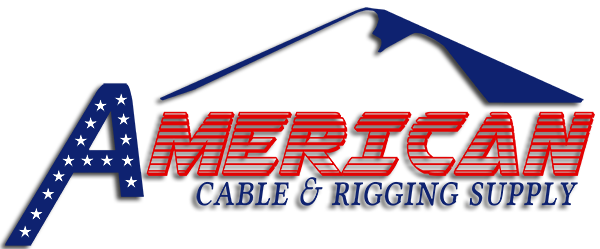
How Bolt Type and Screw Pin Anchor Shackles Differ
You must use the proper shackle style according to its application in a rigging job. Getting this component incorrect can drastically change the outcome of the job and pose a safety risk. Ensuring the shackle type is correct and fits well maintains the safety standards and completes the job efficiently without incidents. Here’s a closer look at how bolt type and screw pin anchor shackles differ.
What Is a Shackle?
The design of a shackle is excellent for quick and temporary connecting and disconnecting in lifting jobs. A shackle is a u-shaped or jaw-shaped link that connects a lifting sling, chain, or wire rope to various rigging, pulling, lifting, or hoisting applications.
There are a variety of shackle styles available in a wide range of sizes and types, and because of their connector features, it is critical to understand them so that you can get the right one. The overall body shape of the shackle is a crucial indicator of what applications it will work with.
Screw Pin Shackles
A screw pin anchor shackle is the best solution for a quick connect application. It is quick to assemble and easily connects and disconnects so that an operator can thread the pin and fasten it down. These are not suitable for long-term or permanent solutions, as the pin is at risk of coming unscrewed during a lifting task.
Bolt Type Shackles
Another common name for bolt type shackles is safety pin shackles. One of the main ways that bolt type and screw pin anchor shackles differ is that the bolt type shackle cannot unscrew while in service. The combination of the split retaining pin and the nut/bolt/cotter pin tends to be more secure than screw pins. These are suitable for all applicable functions that use a round or screw pin.
For more information about the differences and applications of various shackles, reach out to American Cable Rigging today! We offer quality materials in a range of styles to suit all rigging and lifting purposes.
